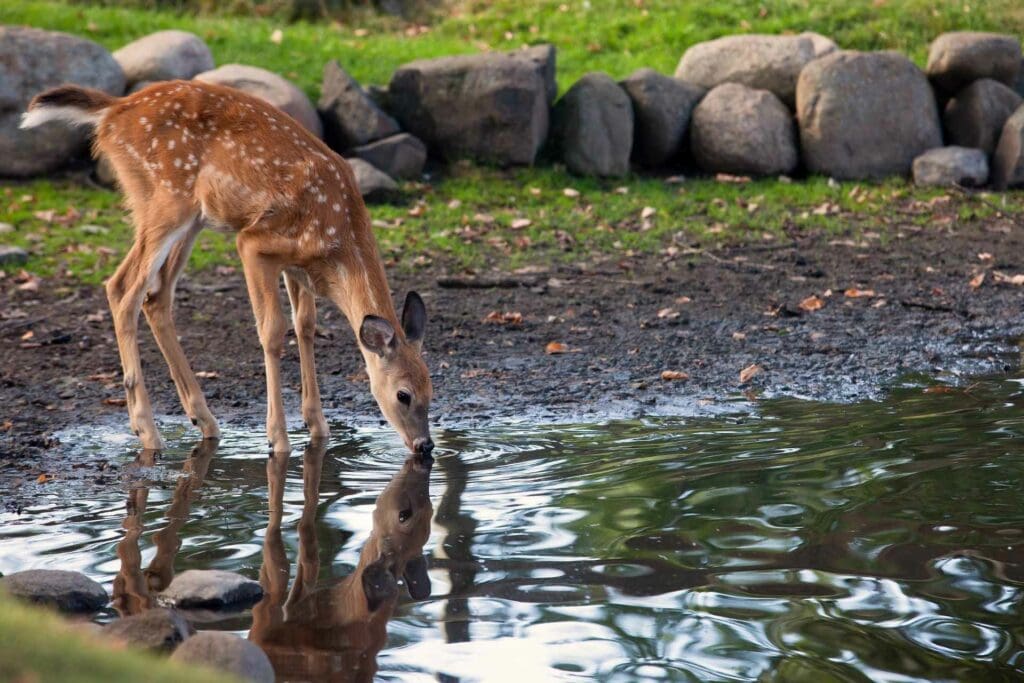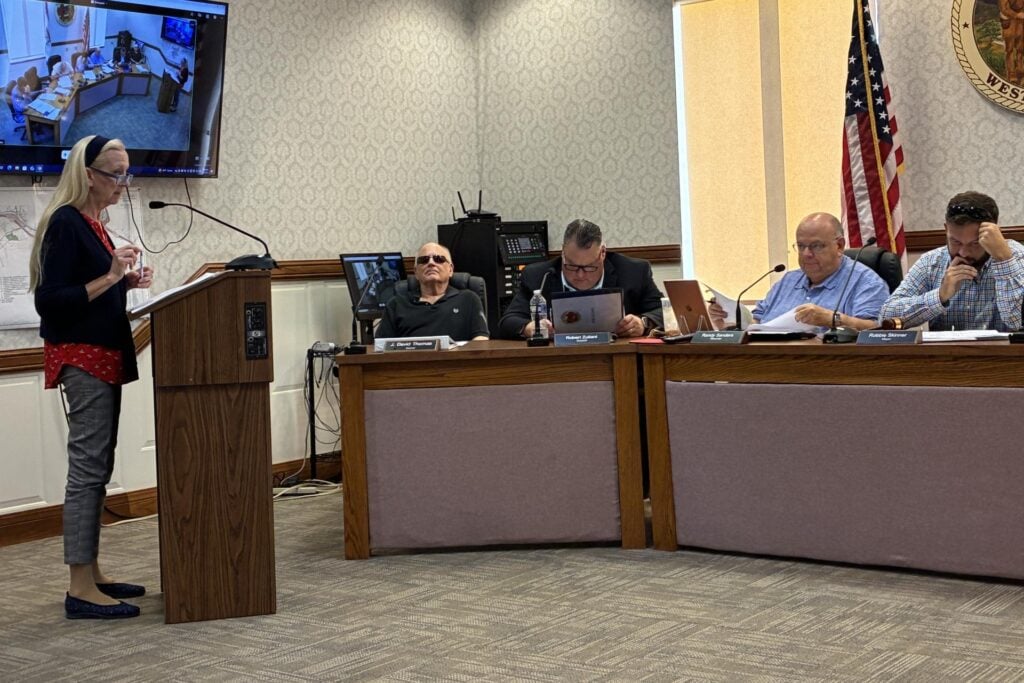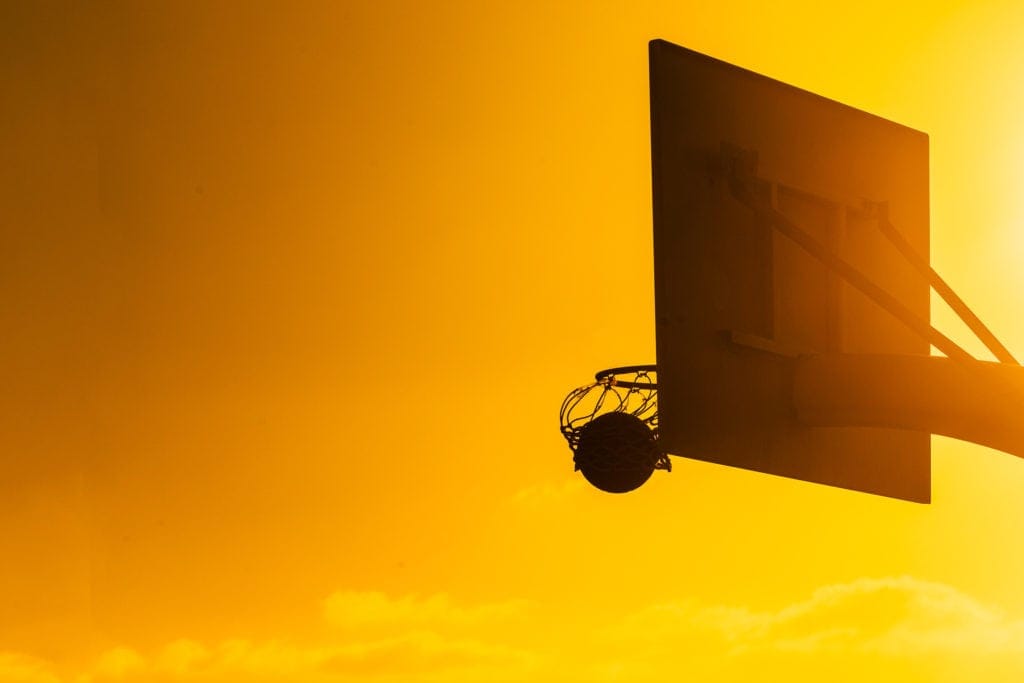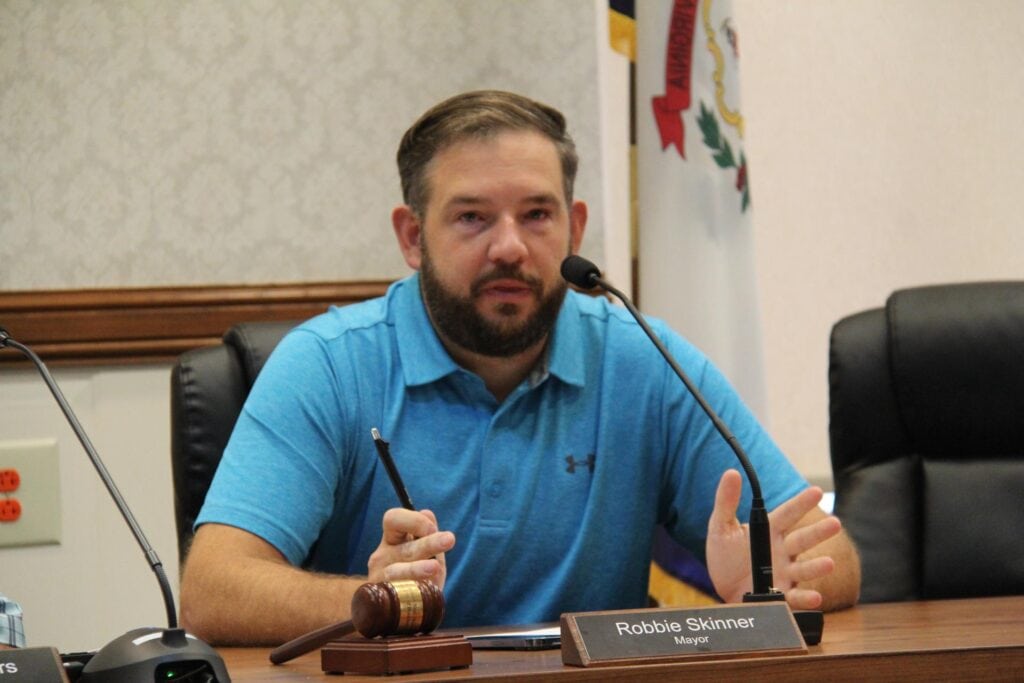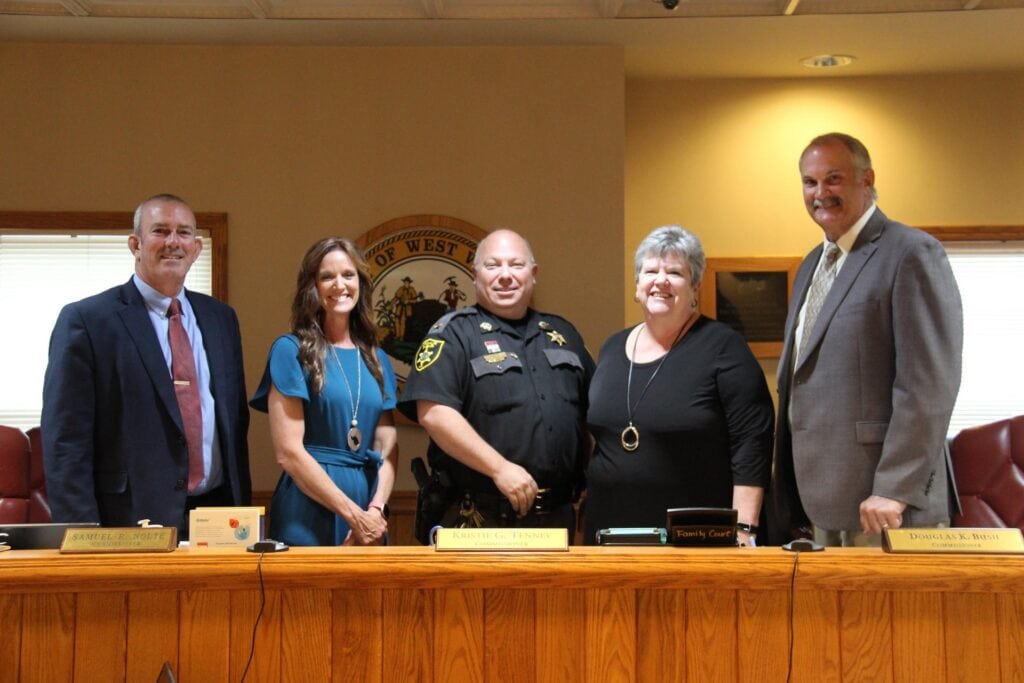BUCKHANNON – The month of May ushers in the fawning season, and the West Virginia Division of Natural Resources urges residents to leave unattended fawns alone.
West Virginia Wildlife Center biologist Trevor Moore said during the month of May, their office receives hundreds of calls regarding “abandoned” fawns.
“The biggest thing we want people to know is most of the fawns you find are not abandoned — it’s very common to think that — but mama whitetail deer leave fawns alone for hours at a time,” Moore said. “That’s the safest thing to do for the fawn. Fawns produce very little scent of their own, so the mom wants to minimize the amount of scent around them because that’s how predators find them.”
Fawns will typically stay hidden in the grass and the mother will come back every few hours to feed the fawn.
“Mother white-tailed deer are very good at what they do. By interacting with the fawns or sticking around or bringing animals around them to show people, that brings more predators and other animals that are curious to the baby whitetail,” Moore explained. “The DNR almost always urges people please, please, please do not interact with fawns unless you’ve seen the mom get hit by a car and the baby is trying suckle on her or something. Ninety-nine percent of the time, we want you to leave the animal alone.”
The West Virginia Wildlife Center currently has four white-tailed deer available for viewing and more in the holding pens. Most of the deer at the center were born there because the center has housed white-tailed deer for decades.
“The center started out as the game farm, which originally bred and released game animals such as deer, so the Wildlife Center has had them almost for the entire almost 100 years that we’ve been here,” Moore said. “It’s just offspring from previous generations.”
White-tailed deer have always been a prey source for the state’s largest predators such as wolves and mountain lions.
“In the early 1900s, if you go back and you follow mountain lion populations and deer populations, you can see a steep decline in both as more people came here and more people are hunting and driving down the deer population, the mountain lion population quickly followed,” Moore said.
The deer also act as forest maintenance, creating deer trails in the process.
“They help keep the forest not so dense that no one can travel through it,” Moore said. “I’m sure almost everybody who’s going to read this has gone out in the woods and followed deer trails. They’re a great way to hike some trails through the forest and they’re a great way to see some of those places. I’m sure many hiking trails that early mountaineers followed were deer trails.”
Moore said whitetail deer also bring millions of dollars into the state every year with hunting revenue, which helps the DNR function.
“They’ll be there in your backyard because that’s their habitat but if you can imagine having some of these in your backyard in the early years, they were a great food source,” Moore said. “They provided a lot of meat for early settlers and I think that’s what helps keep the hunting spirit alive as people see them in their backyard and they say, ‘Man, that is a pretty animal.’ That just inspires them to get out in the woods and then they hear from people who have hunted how good the meat is. They’re just a great introductory animal into the world of outdooring and hunting.”
Male white-tailed deer are currently growing their antlers, which fully form by the fall.
“The antlers actually get an active blood supply, and they grow them each year up until they start to get their velvet in the fall and what they do with those antlers is compete with other males to control harems of females, so usually one male will keep several females as part of his herd and he will mate with all of them and protect them,” Moore said. “Males get especially aggressive during the rut, which is the fall mating season, and their physiology actually changes, so they’ll start putting on a lot more muscle around their neck for those big sparring matches with other males.”
The Wildlife Center also uses deer found alongside the road to feed the big predators that live at the center, particularly the mountain lions.
“We usually go through about 300 deer a year, and most of that deer is roadkill and it’s local around Buckhannon and the surrounding areas,” Moore said. “So, if anybody local sees any deer on the side of the road that are dead, please call us as soon as you can because that’s food for our mountain lions. They feed the mountain lions, the coyotes, the bobcats, the vultures, the eagles, the hawks, the owls, so basically anything that can eat a little bit of meat, we do end up giving them a little bit of scrap as just a treat every once in a while. We try and vary their diets a little bit, but the cougars get straight deer meat all the time.”
